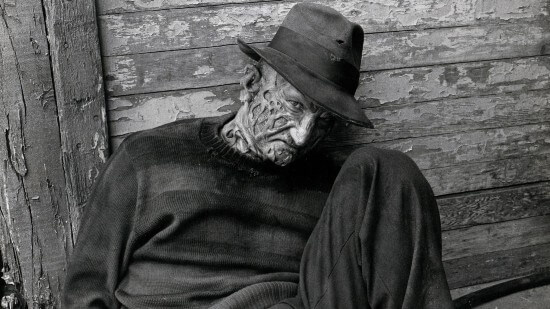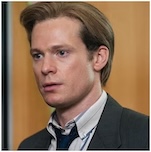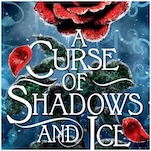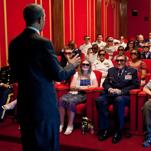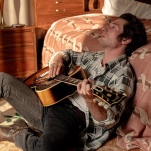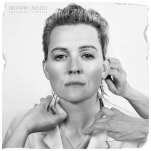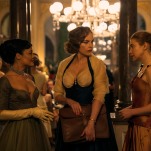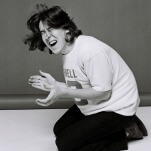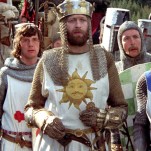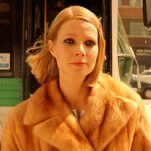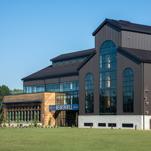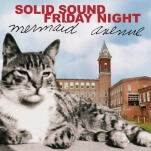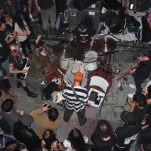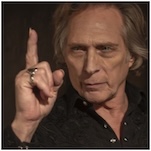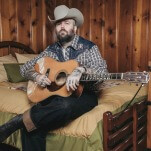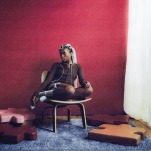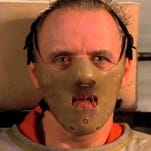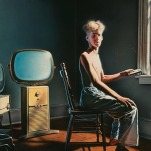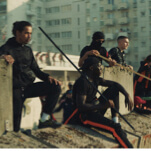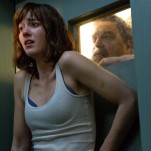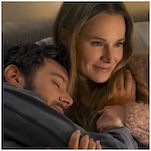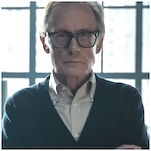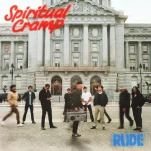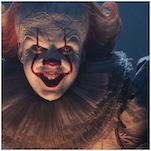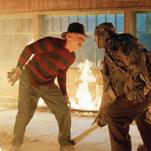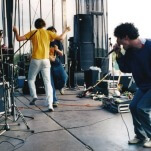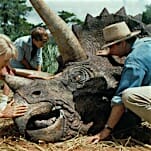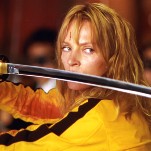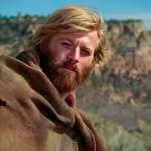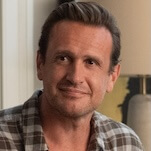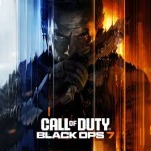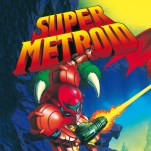Hollywood Dreams and Nightmares: The Robert Englund Story Is a Thorough Look at a Remarkable Career
The doc is a horror fan’s treat, and a look back at ’70s Hollywood alchemy
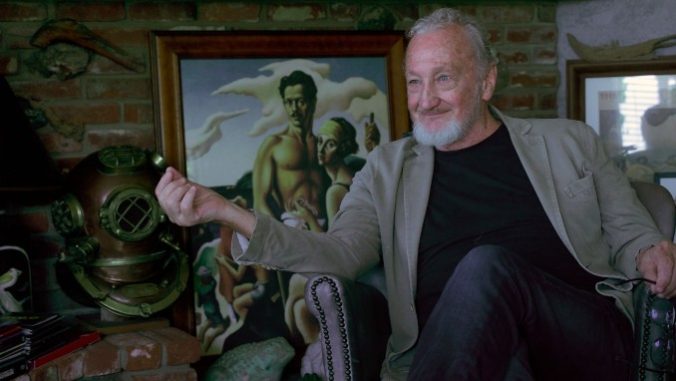
The only thing I can think, when I see slasher movies about murderers who are built like brick shithouses is: How much fun must it be to be that guy?
Plenty of actors are of the opinion that playing villains is way more fun than being the hero, and there are certainly actors for whom a big ugly mug and a beastly physique are assets—ask Kane Hodder (as the filmmakers of new documentary Hollywood Dreams and Nightmares: The Robert Englund Story did). Englund, the man beneath the fedora (and pounds of prosthetic makeup) of Freddy Krueger from the Nightmare on Elm Street film series, is a unique specimen even in a lineup that includes Hodder or Boris Karloff or any of cinema’s indelible boogeymen. Englund, as the documentary shows viewers over the course of its two-hour runtime, looks like a regular guy, even kind of a sweetheart. It’s just that he’s such an incredible actor and genre stalwart that, more than 40 years into his screen career, he’s finally becoming known by name instead of just as That Guy Who Plays Freddy Krueger—and not just by horror enthusiasts.
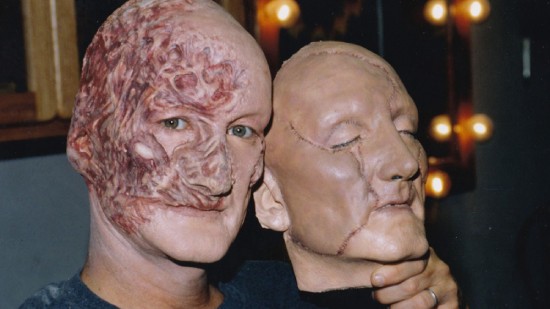
Hollywood Dreams and Nightmares: The Robert Englund Story is an exhaustive, chronological history of Englund’s acting career, from his forays into stage acting as a youth to his current status as a hot get for horror films: The man’s output in the last 15 years alone (without even counting all of his voiceover work) is prolific across the board, but he continues to be a draw in horror movies and genre TV shows like Supernatural and Stranger Things.
-

-

-

-

-

-

-

-

-

-

-

-

-

-

-

-

-

-

-

-

-

-

-

-

-

-

-

-

-

-

-

-

-

-

-

-

-

-

-

-

